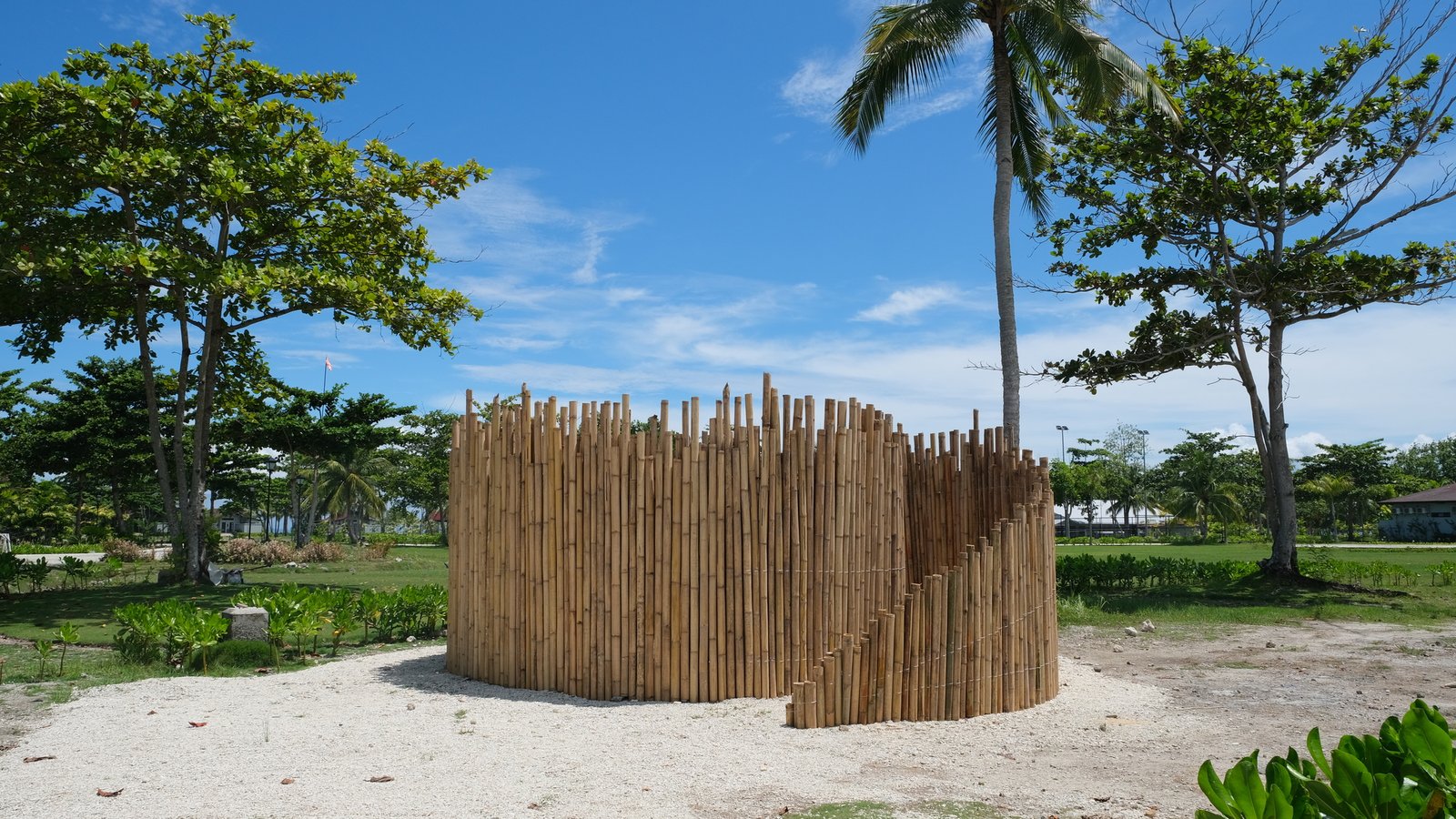Words and Images Torre Lorenzo Development Corporation and Silverlens
Editing Gabrielle de la Cruz
“Welcoming artists to this island has been a dream for decades. We saw it at its most virgin, and now we want to give back to it by having artists come and make work using what she has to offer,” opens Silverlens co-owners Isa Lorenzo and Rachel Rillo about the new Lubi Art Residency located on Dusit Thani Lubi Plantation Resort in Kopiat Island, Davao de Oro. The residency was established to offer artists a distinctive platform and abundant resources to create fully carbon-neutral public installations.
The location, Kopiat Island, is renowned for its exceptional biodiversity and unique history. Together with the province of Compostela Valley (the former name of Davao de Oro province), the island was seen as a source of agricultural products throughout the 1980s. The artists of Lubi Art Residency will honor this identity by using and upcycling indigenous raw materials found exclusively on the island to create public art installations. The installations will be carbon neutral, with materials such as driftwood, bamboo, and debris washed ashore taking centerstage.
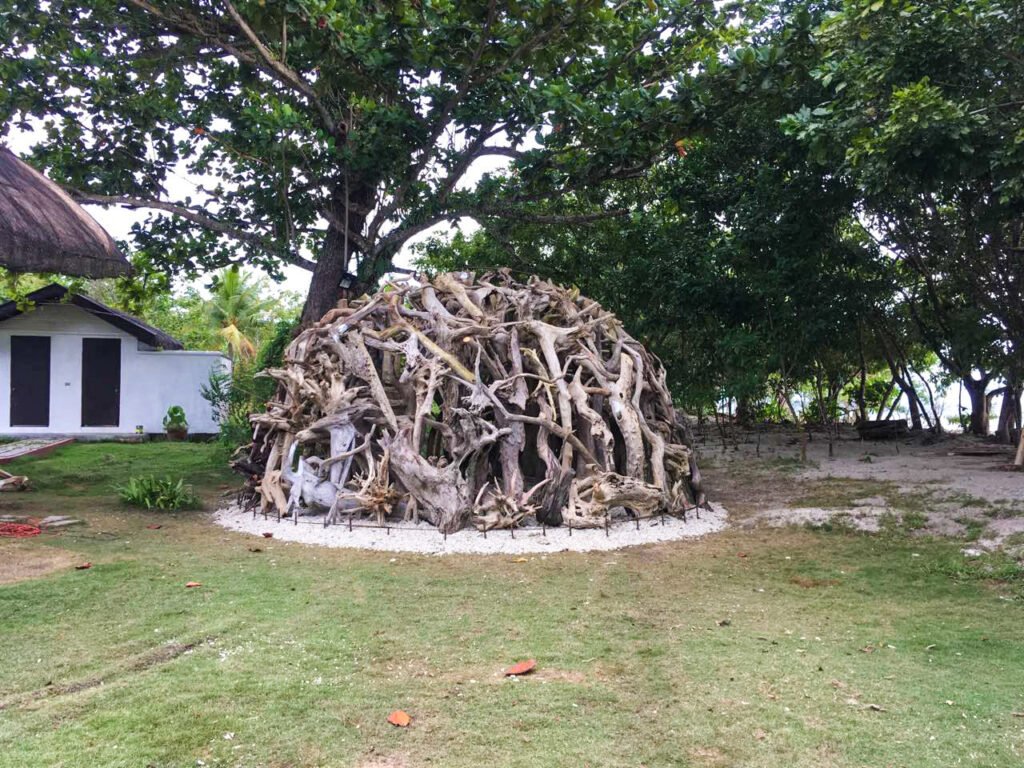

Kopiat Island
Kopiat Island was named after the Visayan term for coconut. While it was recognized for its resources and products back then, its location on the map meant being far from prominent Philippine tourist destinations. It was completely remote and lacked access, hence there was little investment in tourism.
It was in the 1990s when the island’s protection was entrusted to a group that would eventually become Lanang Realty Development Corporation. The group immediately engaged in protecting the reefs around the island, along with local flora and fauna. A few local scientists and marine biologists were brought in for expertise, nursing the ecosystem back to health. To stop and further prevent the island from erosion, local trees were also planted along the beachside.
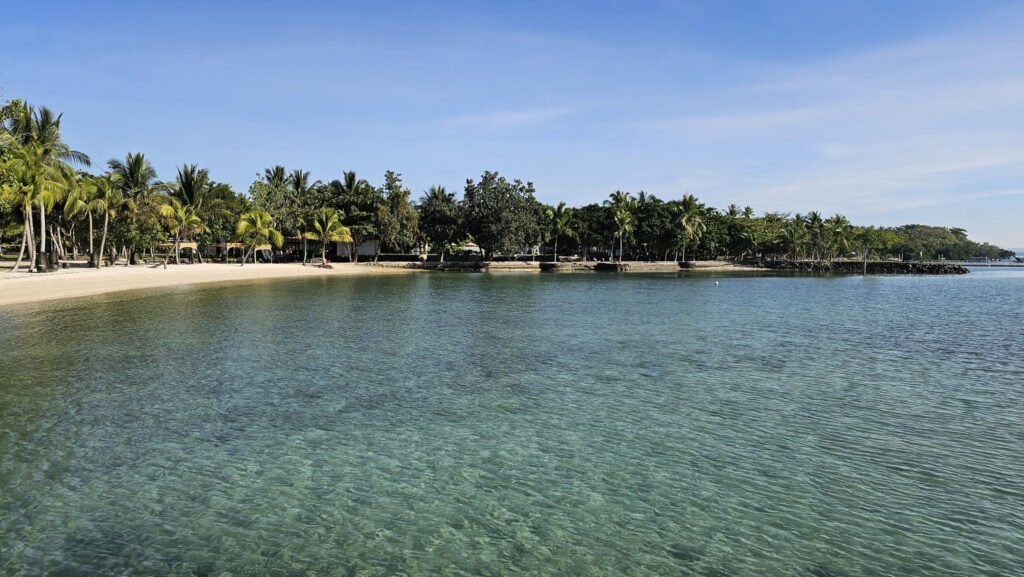

Forty years later, Kopiat’s marine gardens have made a remarkable recovery, now hosting one of the most diverse cetacean habitats in the country. The coral flora and marine fauna within the gardens have undergone complete rehabilitation, resulting in “some of the healthiest corals in the Philippines.” The beaches also serve as a sanctuary for turtles, with a dedicated team monitoring the nesting behavior of female turtles as they emerge from the water to lay their eggs. As turtles possess an inherent instinct to return and lay eggs on the beach of their birth, these beaches bear witness to a lineage that spans centuries. Concurrently, the healing process extends beyond the marine ecosystem, as the Mindanao region itself has undergone a revitalization. The emergence of ecotourism as a thriving industry has propelled local businesses, leading to a significant economic boost.
Among the businesses on the island is the sustainable Dusit Thani Lubi Plantation Resort, a result of Dusit Thani and Lanang Realty Development’s partnership since 2016. Lubi Art Residency is also produced in collaboration with Lanang Realty Development Corporation.
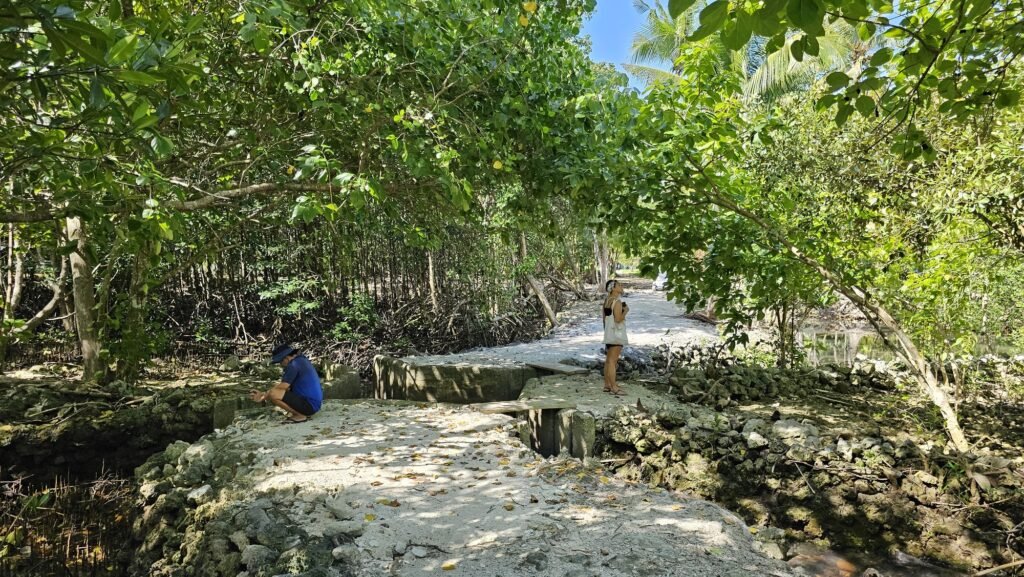

The first wave
The first cohort of artists for Lubi Art Residency comprises of Corinne de San Jose, Gary-Ross Pastrana, Wawi Navarroza, Christina Quisumbing Ramilo, Bernardo Pacquing, and James Clar. New artworks will be realized by the end of 2023 and displayed in public spaces around the island by March 2024, with the thematic emphasis of each residency cycle transitioning in sync with the changing seasons.
The surroundings of the slipper-shaped Kopiat Island make it a fitting home for local and sustainable art, offering breathtaking views of the UNESCO World Heritage site Mount Hamiguitan, sunrises over the evergreen mountains, and sunsets on the silver-blue gulf side. The installations under Lubi Art Residency can either be permanent or ephemeral, gradually surviving or deteriorating as nature reclaims its control over time. •
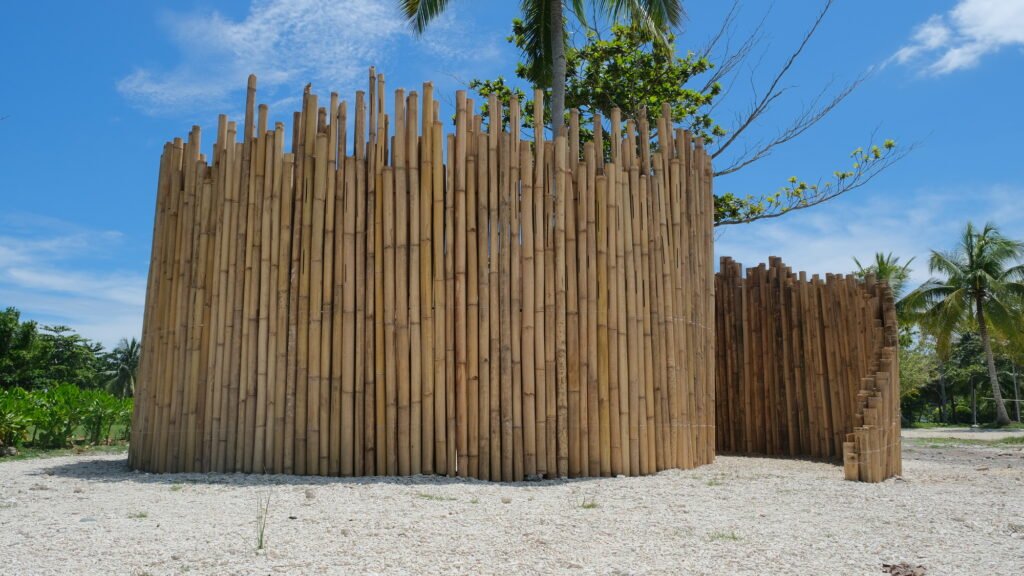

Meet the artists
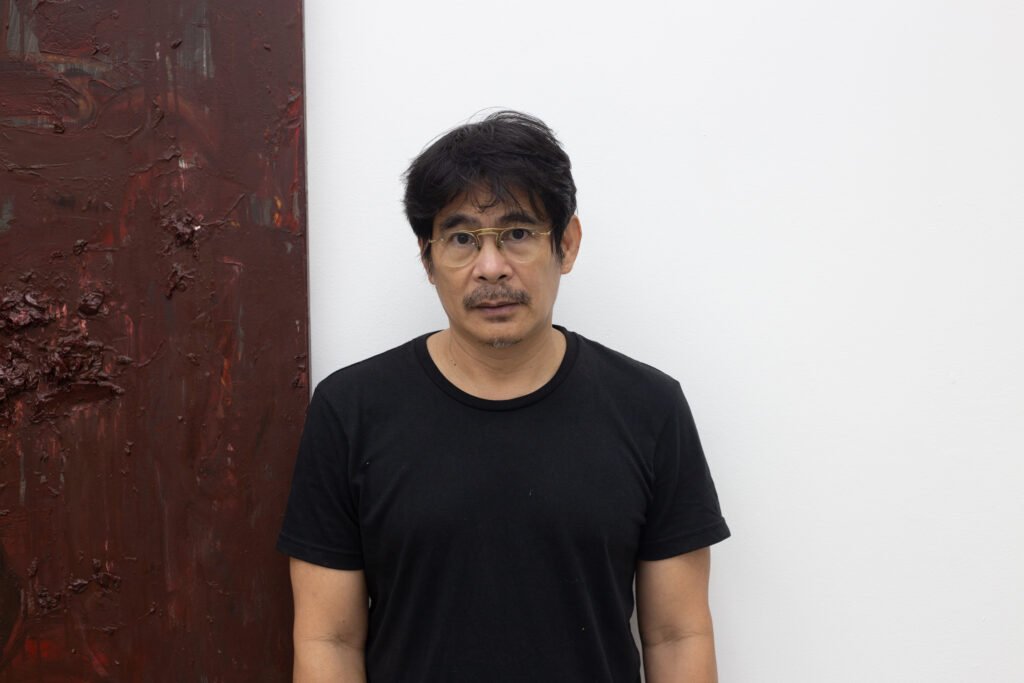
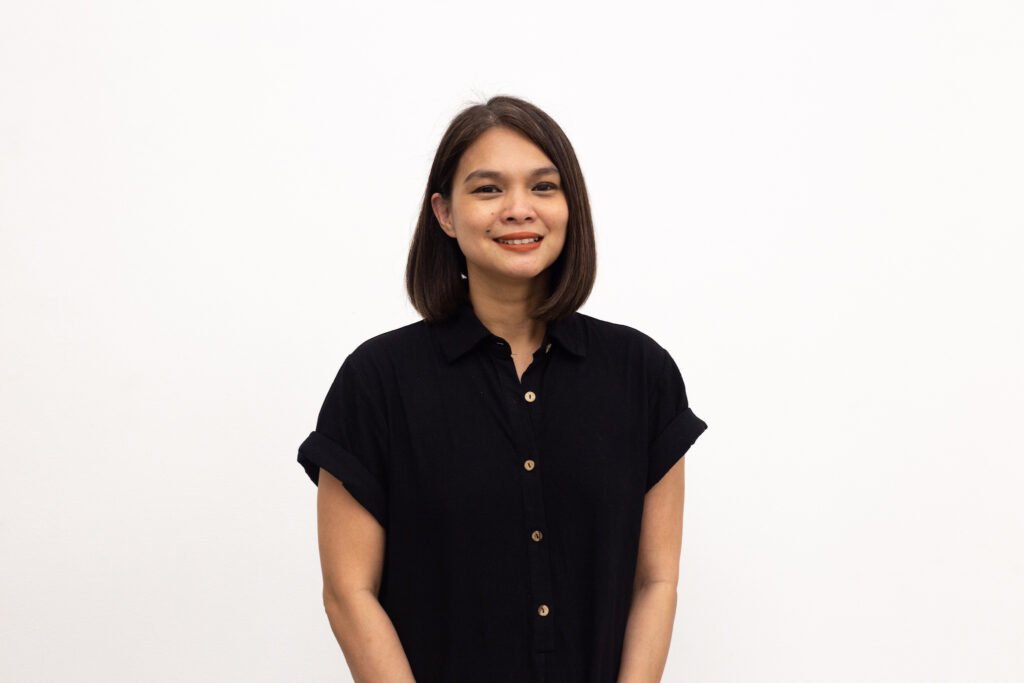
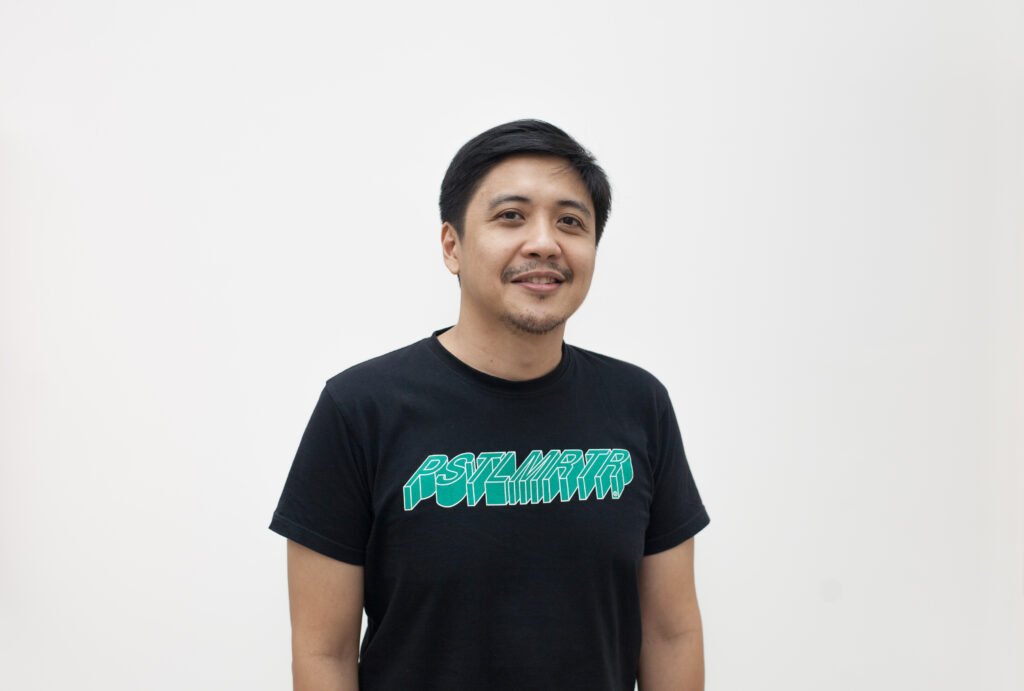
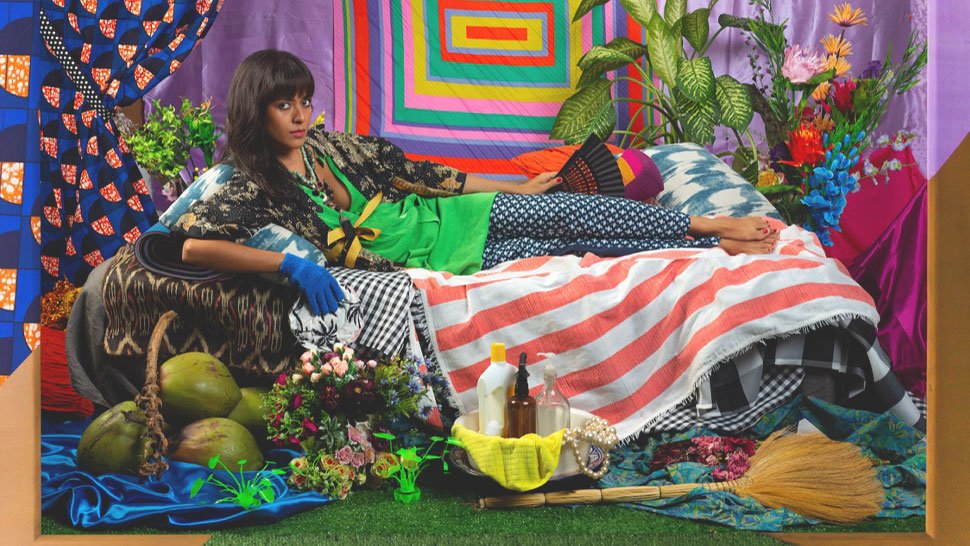
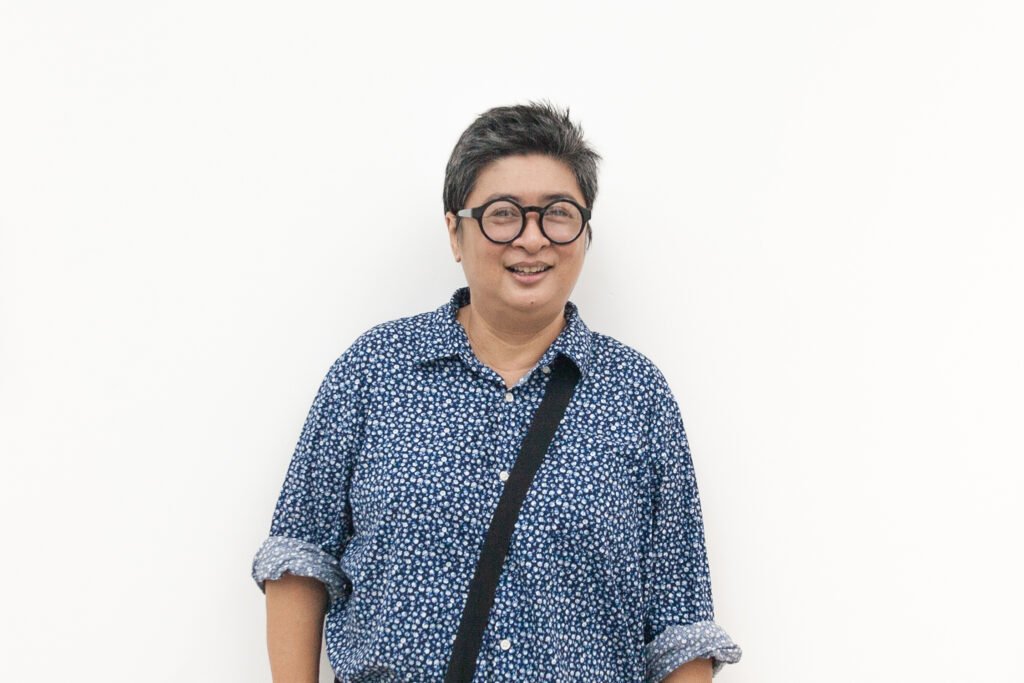
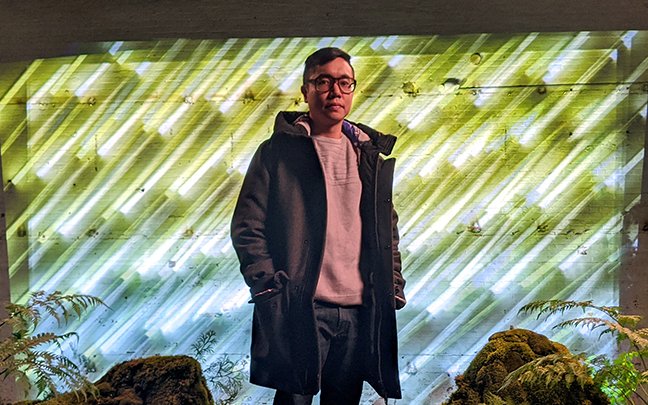
About Silverlens Galleries
Silverlens is an international gallery with locations in both Manila and New York. Through its artist representation, institutional partnerships, art consultancy, and exhibition programming including art fairs and gallery collaborations, Silverlens aims to place its artists within the broader framework of the contemporary art dialogue. Its continuing efforts to transcend borders across art communities in Asia have earned its recognition as one of the leading contemporary art galleries in Southeast Asia.
Silverlens was founded in Manila by Isa Lorenzo in 2004, and in 2007 she was joined by co-director Rachel Rillo. In September 2022, the gallery opened its doors in the Chelsea neighborhood of New York, broadening its international scope and bringing its diverse roster of artists to a new global audience.
About Lanang Realty Development Corporation
Lanang Realty Development Corporation (LRDC) was founded in 1999 to bring distinctive real estate developments to the Davao Region. Its roster of projects includes award-winning leisure destinations and accommodations in the Davao region–Dusit Thani Lubi Plantation Resort in Davao de Oro, and d2Davao and Dusit Thani Residence Davao in Davao City. It is also the developer of Ciudades, a 200-hectare integrated-use development in Davao City envisioned to bring residential communities, workspaces, commercial areas, leisure, and educational institutions into one convenient location.
LRDC is a subsidiary of Torre Lorenzo Development Corporation, a pioneer in premium student residences in Metro Manila that has since grown to become a full-scale developer with residential, integrated use, and hospitality projects in key growth areas in the Philippines.
